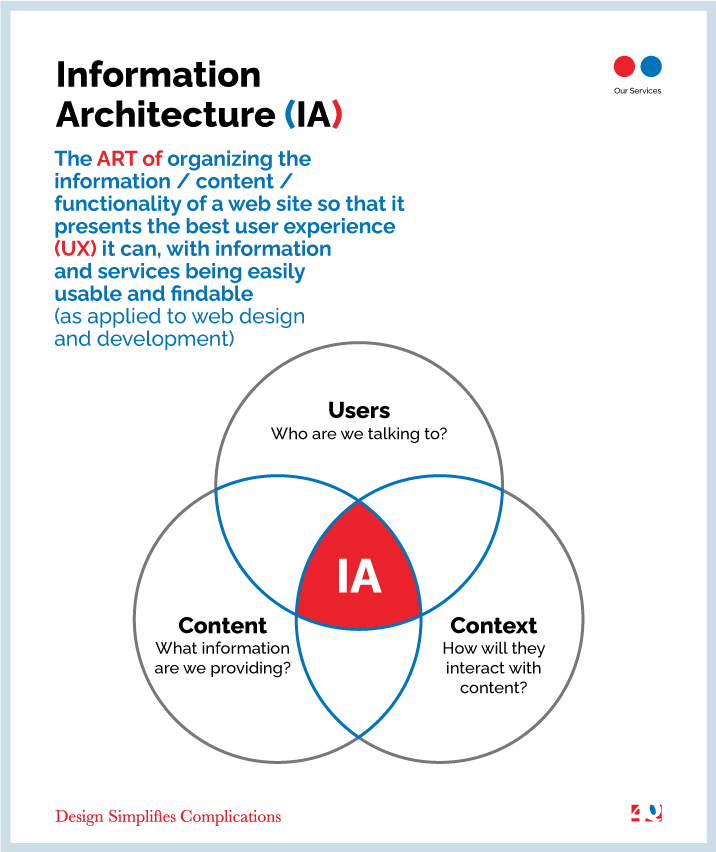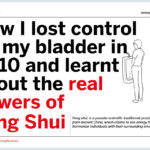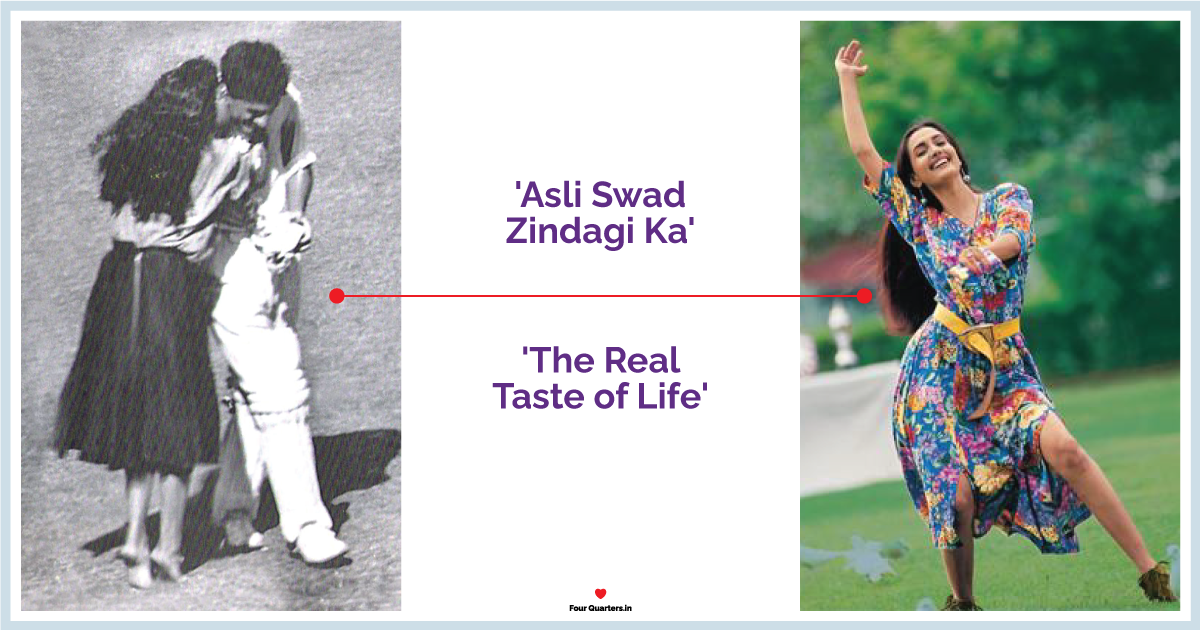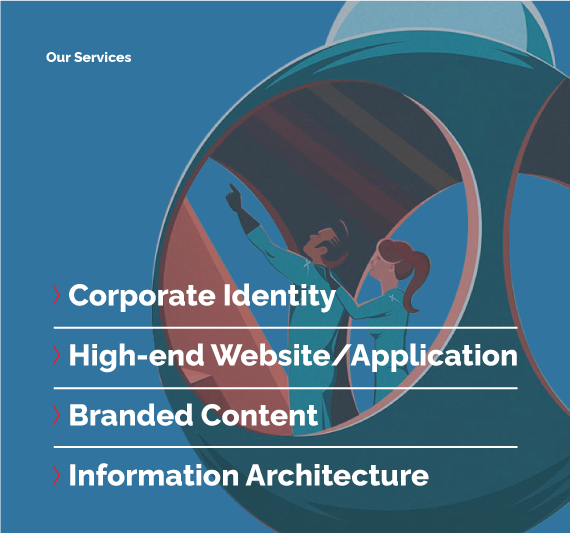
OUR BRANDING SERVICES
We at Four Quarters believe that Design Simplifies Complications
Our magic lies in passionately developing brand experience for our clients to set them apart from competitors.
We don't believe in the "one-size-fits-all" approach. Instead, we take the time to understand your organization and customers so we can recommend a strategy based on your individual business needs. When you invest in any of Four Quarters branding solutions, you’ll have some of the sharpest minds in the industry contributing to your goals and vision.
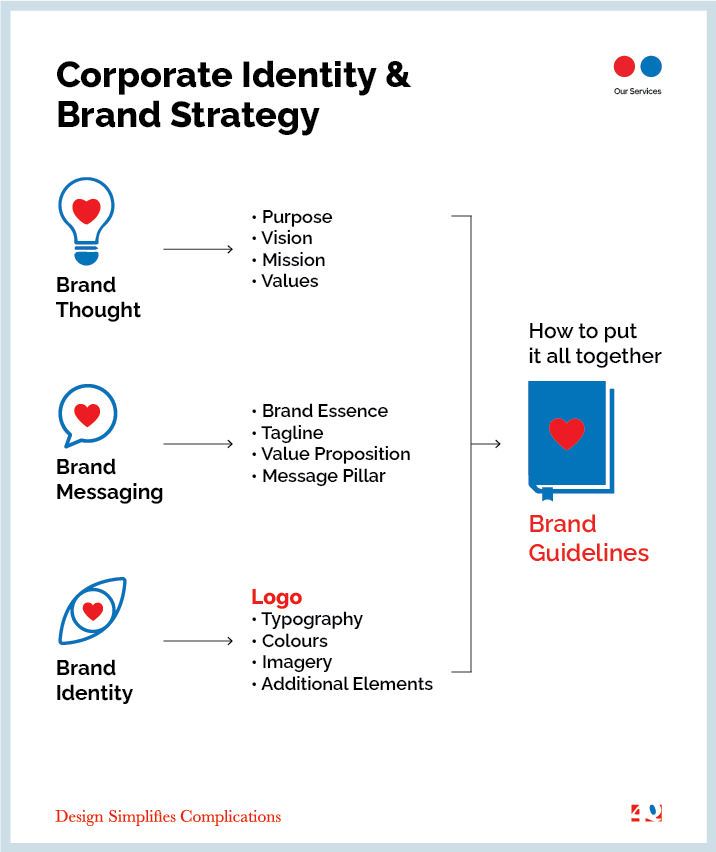
Corporate Identity
Corporate identity is how your business presents itself to the outside world. Although internal culture and values are integral to shaping company identity, the corporate identity definition applies to a company’s visual assets and brand design.
Four Quarters have partnered with some of the India’s largest and most successful organizations to create new corporate identities.
What is corporate identity and branding exactly?
You’ll see examples of corporate identity on everything from social media posts to billboards ads, staff uniforms to stationery, product packaging, to app profiles.
How do we create corporate identity?
These visual brand markers should be as strategic as they are creative. Rather than rigid fixed brand components, your design elements should also be agile, keeping your business relevant throughout changing market and consumer landscapes.
High-end Website / Application
There is a difference between a high end website and a more standard creation. As one of the high-end web development company, we wanted to share what goes into a high end website design to ensure that you are getting your money’s worth if someone is promising to create one for you.
Ideally your website should be serving a purpose such as providing information, generating sales or cultivating conversions of one type or another. It should also create a unique online identity that creates a strong impression with visitors which is positive and memorable.
Brand Promoter
Customized
Meaningful Content
Fully Optimized
Well Coded
Maintenance Program
Why would you need a High End Website?
However, if your site is not doing its job, then it is time to evaluate your needs.


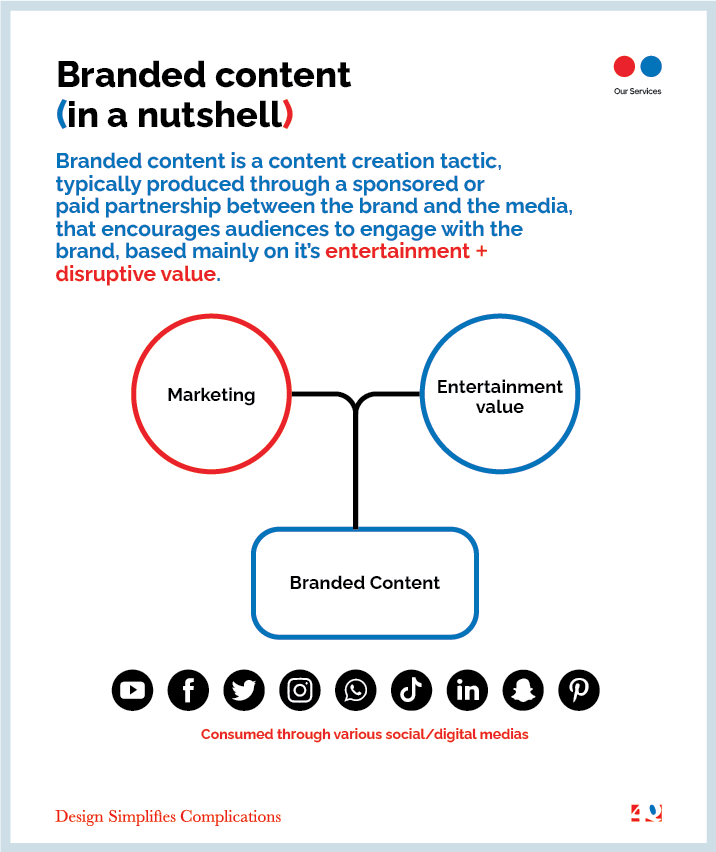
Branded Content
What is Branded Content?
Branded content is a marketing technique that involves creating content that is directly linked to a brand, allowing consumers to make the connection with the brand.
To take a closer look at this definition, we will further define the main characteristics of branded content:
It is focused on the values of the brand, not on its products or its services
It seeks to generate conversation and notoriety around the brand.
Generates added value for the user.
Appeals to emotions.
It uses storytelling.
It can be presented through multiple formats and diffusion channels.
The content may be co-created.
opportunities to build deep insight through real-time data and analytics, which in turn can inform strategies for future demand, loyalty and innovation.
Four Quarters works with some of the largest consumer organizations in the world to drive growth through brand strategy and experience. From creating new categories to optimizing market share, we can help you to address consumer brand challenges across and within portfolios.
Information Architecture
Information architecture or (IA) is the structural design of shared information environments: The art and science of organizing and labelling websites, intranets, online communities and software to support usability and findability and an emerging community of practice focused on bringing principles of design, architecture and information science to the digital landscape.
Typically, it involves a model or concept of information that is used and applied to activities which require explicit details of complex information systems. And we at Four Quarters are a specialist in creating IA for various kind of digital landscape.
